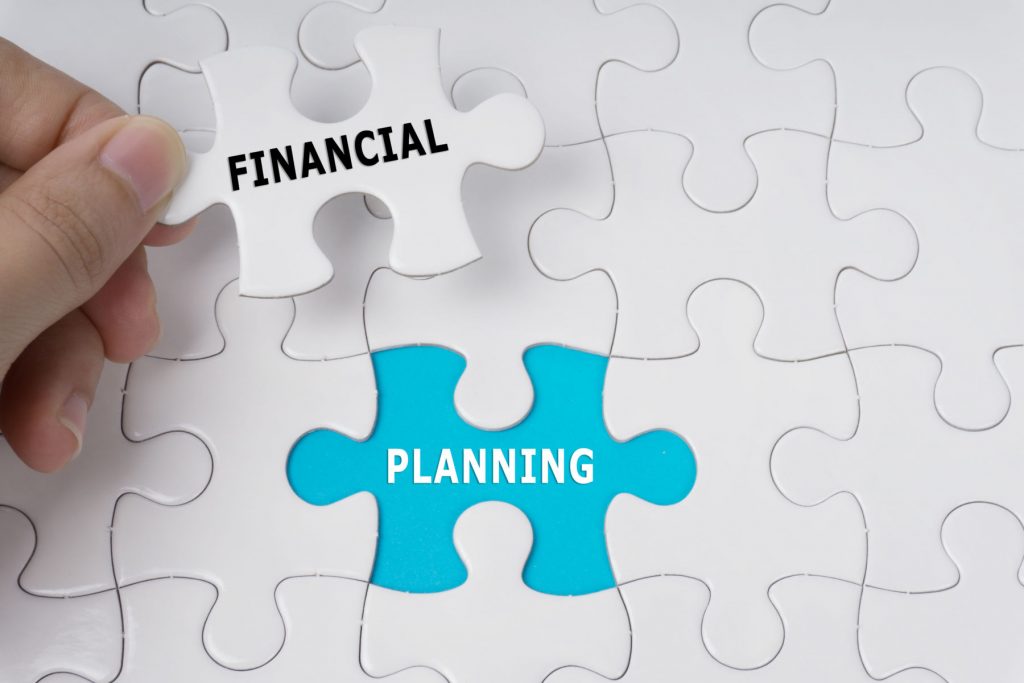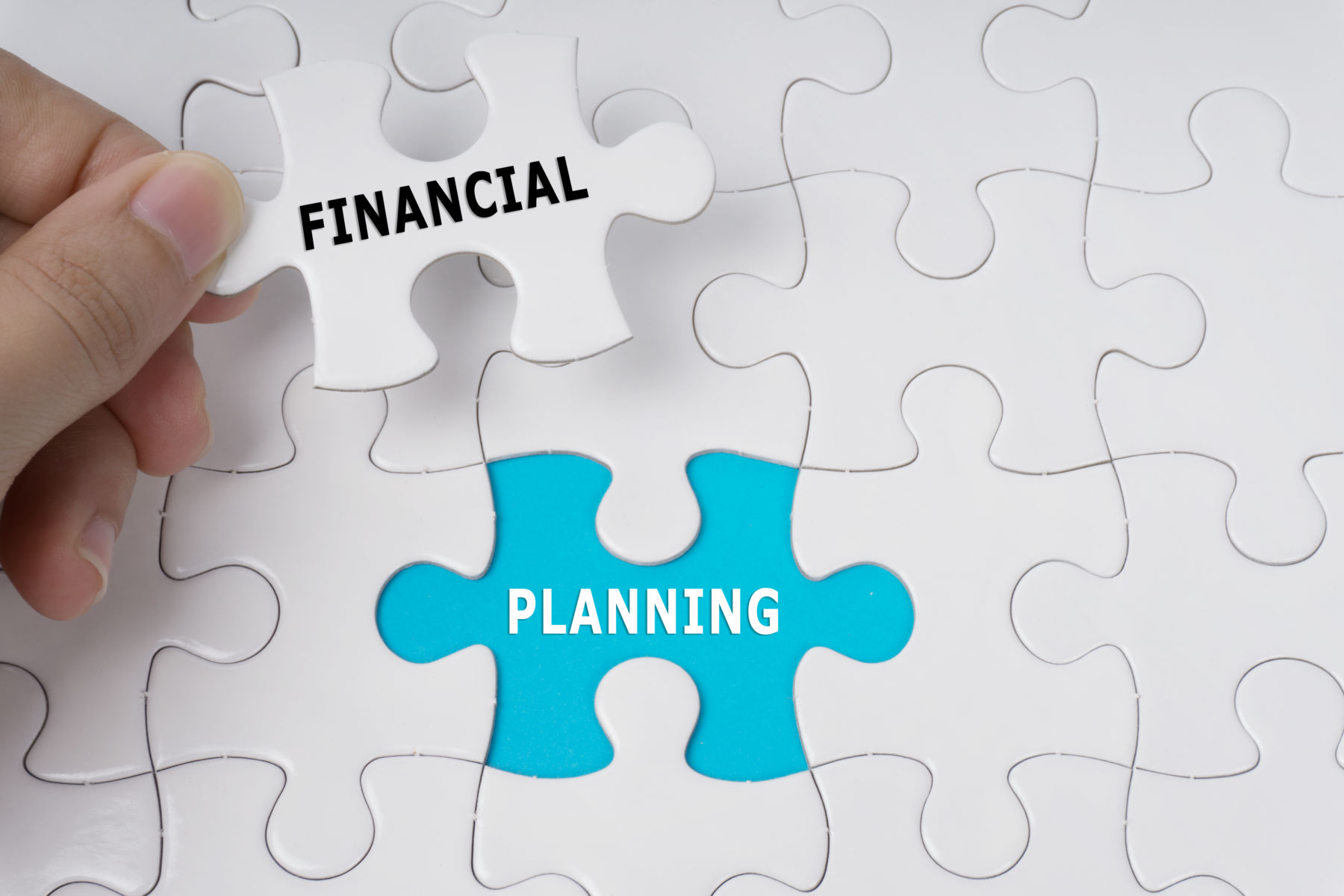Setting Personal Finance Priorities on a Tight Budget
Everybody has dreams. Your aspirations might include moving to the city, vacationing in the Galapagos, starting a small business of your own, sending your kids to college, or buying a boat. Whatever your goals are, there is a simple unavoidable truth – that some people simply have more resources to make their dreams come true than others.

That being said, individuals on tight budgets can still accomplish their goals with enough dedication and sacrifice. Of course, the first step to adhering to a tight budget is to actually build a budget. Your budget, at the most basic level, should include:
- Your average monthly income. Calculate how much money you “take home” each month. This may be highly variable whether you work for tips, on commission, or freelance. Still, it’s essential that you average out what you earn so you can plan for the future.
- Your recurring expenses. This includes rent, car payments, household bills, loan payments, and the rest. Basically, it’s anything you know you have to pay with very little variation in overall costs.
- Your variable expenses. This section is a little trickier and includes groceries, vehicle maintenance, electricity bills, and maybe even your cell phone bill. While you may not know the exact costs, you can probably ballpark it. Round these bills up so they don’t sneak up on you.
- Your remainder. After all your income and expenses are tallied, you should have some money left over; otherwise, you need to cut back on your spending! This is the money you’ll be using to accomplish your goals. Even if it’s not a big number, it matters.
Once you have your budget hashed out, you can start setting aside money towards your goals. However, it’s important to divide your goals into short/mid-term and long-term buckets so you have more control over your finances.
Consider Your Short- & Mid-Term Goals
Short- and mid-term goals are objectives that you can conceivably accomplish in one to five years. Yes, five years seems like a long ways off, but it comes quicker than you think.
Examples of short-term goals could include paying off your car loan, taking that vacation you’ve always fantasized about, or re-carpeting your home. Of course, none of these ideas will pay off in the future (investments are a different discussion). But they are meaningful to you. So, do what you can to set aside a portion of “your remainder” towards these goals.
Have a slim remainder? Consider cutting back on common money sucks including dining out, visiting coffee shops, or “retail therapy.” These expenses only distract from your personal intentions.
To make the process feel more real, include a projected completion date for your goals. For instance, if you are trying to pay off a $2,000 car loan with $200 per month, you will wrap up your payments in 10 months. Won’t that be a good day!
Your mid-term goals should include paying off your debt. No, paying down debt isn’t a very fun or exciting goal, but it’s probably one of the more important ambitions of setting up your long-term goals. Why? Because delinquent debt can sink your ability to secure loans, can charge you an arm and a leg in high-interest rates, and can loom in the background for years.
As financial guru Andrew Housser says, it’s beneficial to imagine where you want to be one, three or five years down the line. If you want to accomplish something special, debt can only hold you back. Use the same technique described above to tackle your outstanding dues.
Consider Your Long-Term Goals
Long-term goals, as the name implies, includes anything that takes over five years to accomplish. This might include paying off your mortgage, financially supporting three kids through their college years, or building a small business from scratch. These are big goals. And big goals require big moves.
Notice that most of these goals require some form of financing. This is why you were advised to conquer your debt in the last section. If you are struggling with outstanding debt, you’ll either be turned down for loans or have to wrestle with exorbitant interest rates.
Also, note that each of these examples is investments. Obviously, the goal of any business is to turn a profit. So, you can use those earning to pay off your financing. Thus, you enjoy a two-pronged approach which should be reserved for long-term goals.
Setting personal finance priorities on a tight budget isn’t easy. But the rewards vastly outweigh the consequences. Remind yourself of this as you work your way towards your objectives.




